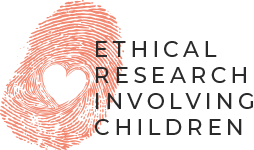On the minimal risk threshold in research with children.
Binik, A. (2014). On the minimal risk threshold in research with children. The American Journal of Bioethics, 14(9), pp. 3-12.
Abstract: To protect children in research, procedures that are not administered in the medical interests of a child must be restricted. The risk threshold for these procedures is generally measured according to the concept of minimal risk. Minimal risk is often defined according to the risks of “daily life.” But it is not clear whose daily life should serve as the baseline; that is, it is not clear to whom minimal risk should refer. Commentators in research ethics often argue that “minimal risk” should refer to healthy children or the subjects of the research. I argue that neither of these interpretations is successful. I propose a new interpretation in which minimal risk refers to children who are not unduly burdened by their daily lives. I argue that children are not unduly burdened when they fare well, and I defend a substantive goods account of children’s welfare. (Abstract © Taylor & Francis, reprinted by special permission of Taylor & Francis Group, http://www.tandfonline.com).
Post a Comment
You must be logged in to post a comment.



eric
October 23, 2014This issue of the journal also contains some related articles and an editorial on this subject. See: http://www.tandfonline.com/toc/uajb20/14/9#.VEjk7kttsds
What are your thoughts on minimal risk thresholds in biomedical research?